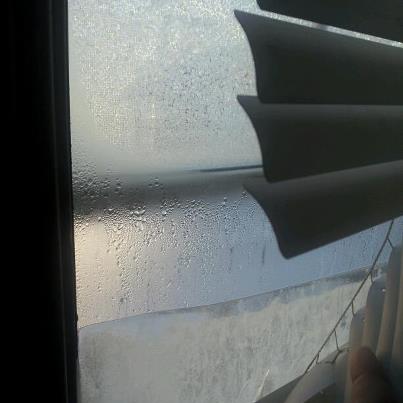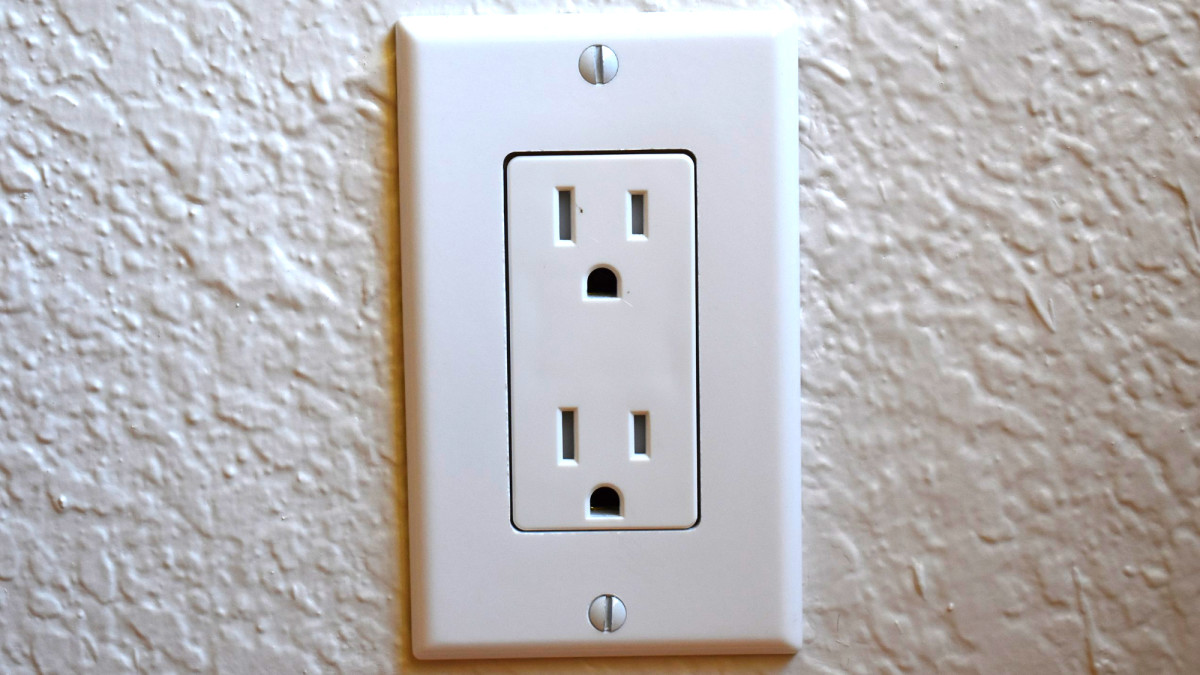Quick and Easy Tips to Cut Heating and Cooling Costs
The Cost to Heat and Cool Homes Has Increased
In the past few years, the cost of fossil fuels has increased in what seems to be an exponential manner. A barrel of oil rarely cost more than $30 before 2000. In the past decade, costs above $100 per barrel are the new norm, and oil reached an all-time high of $147 per barrel in the summer of 2008. As of August 2014, the price of oil was around $95 a barrel. Today, that price is in the $50s, which is still more than oil cost before 2000.
Most people think about the cost of oil in terms of gasoline prices. Most Americans can remember the late 1990s and their gas prices that were under $1 per gallon with nostalgia. Those days are probably gone forever. Today, gas costs well over $3 per gallon, and some people have seen costs of nearly $5 at times in the past five years.
Gasoline is not the only are in which increased oil prices have increased costs. Any industry that uses a petroleum derivative has had higher input costs over this time. Many homeowners have also been hit with energy costs that are way higher than they were in past decades. Those who drive extensively have turned toward more fuel-efficient vehicles. Homeowners can look toward efficiency to cut the amount of money paid out to heat and cool their homes. Below are a few tips that just about anyone can use with little in the way of major costs.
Shut Both Window Panes to Increase Insulation
Many homes today have double-paned windows that have in effect two windows to close. Those who like to let in some fresh air during the spring and fall to cut down on cooling costs may be tempted to just shut the inner window. This practice is not energy efficient in the winter.
Please note the attached picture. I took this picture from my living room on a morning that reached about -20 degrees Fahrenheit. We forgot to shut the outer window pane at the outset of winter. The major difference in the temperature between the inside and the outside caused condensation. The extreme cold beating against the window caused the condensation to freeze on the inside of the window. Shutting both panes would have avoided this conundrum and saved money in the process.

Install a Programmable Thermostat
Who needs to have their home warmed to 70 while everyone is at work or school during the winter? Who needs to sleep with the bedroom warmed to 72 when there are tons of covers to keep warm? During summer, is it any use to cool a room to 72 if the family is on vacation? The answer to these questions is negative.
These practices are a great way to waste money. One easy fix that does not take additional time on a daily basis is a programmable thermostat. These wonders of technology make it easy to heat and cool a home to the desired temperature at just the right time.
A programmable thermostat can be programmed to drop the temperature to 62 at night during the winter. It can be programmed to leave the air conditioner off until the temperature reaches 80 during the summer and then drop the maximum to 73 about one-half hour before everyone gets home. This is a way more efficient way to heat and cool a home. Of course, if a family is going on vacation or staying in on an off-day, the program can be overridden for comfort.
Run a Ceiling Fan to Cut Heating and Cooling Costs
One tool that many people overlook in terms of keeping a house at a comfortable temperature, especially in the winter, is the use of a ceiling fan.
During the summer, ceiling fans can circulate the air in any room, and the stirring of the relatively cool air will make just about any room feel less stuffy. The fan circulates the cool air that settles near the floor (cold air sinks, warm air rises).
In the winter, homeowners can reverse the fan's settings to force the warm air near the ceiling back toward the floor. This makes the ambient temperature near the floor warmer than it would ordinarily be because of the fact that warm air is lighter than cold air, which makes it rise.
Shut the Blinds during the Day
Many people like to open the blinds right after waking up. They like the increased light that gives a warm and airy feel to any room. In addition to giving a warm ambiance, open blinds or shades can give a warm temperature.
During the summer, the earth is closer to the sun. This increases its brightness and intensity. Additionally, the hours of daylight are much longer than they are during the winter. It does not take long for the sunlight to start heating up a home.
Shutting the shades or the blinds can cut the amount of this sunlight that comes into a home. This practice is especially important during the summer when the amount and intensity of sun can last for 16 hours. Cutting on the amount of heat coming into the house will cut the amount of cost required to cool the same house. Darker blinds can be used to shut out even more sunlight.
Buy Some More Insulation
One of the best ways to cut down on heating and cooling costs is by making sure that a home is properly insulated. Houses built decades ago did not take this into consideration. I've seen older homes that have no insulation at all imbedded in the walls. This is not efficient.
Most heat is lost through the roof. To alleviate the problem of losing heat through the roof, additional insulation can be added just above the ceiling of the top floor. An additional layer of fiberglass insulation will not cost thousands of dollars like a new heat pump, and it can start to save homeowners immediately on their energy costs.
Additionally, cold air sinks, so cool air can get lost through the floor. To cut on cooling costs, it is a good idea to add insulation. However, this insulation should be focused below the ceiling of the basement or crawl space. If the money is available, adding insulation in both places is the best policy.
Heating and cooling costs can cause electric bills to go up extensively during the winter and summer months when temperatures tend to reach extremes not seen at other points during the year.
These relatively cheap tips can cut the energy costs of just about any home, and over time the benefits will greatly outweigh the initial costs to implement these strategies. Those who live in San Diego with its 70 degree weather year-round will have to work on saving money less than people who live in Miami or Fargo, but everyone can save money with a small investment.








